How to Start Living a Minimalist Lifestyle Today
Learn how to start living a minimalist lifestyle today with our beginner’s guide. Discover the benefits, principles, and simple steps to begin.
More Than Less: A Beginner’s Guide to Adopting a Minimalist Mindset
There was a point in my life, before I discovered the world of tiny living and intentionality at Neat Tiny Home, where my life felt incredibly full, yet deeply empty. My closets were overflowing, my weekends were spent shopping for things I didn’t need, and my home was filled with possessions that, instead of bringing me joy, felt like heavy anchors. I was living with the constant, low-grade stress of “too much.” Too much stuff, too many commitments, too much distraction. It was this feeling of being overwhelmed that led me down the path of minimalism, and it changed everything. It taught me that the secret to a fulfilling life wasn’t about adding more, but about intentionally removing everything that wasn’t essential.
If you’re reading this, chances are you’ve felt a similar pull. You’re curious about a simpler, more intentional way of living. This is your ultimate beginner’s guide on how to start living a minimalist lifestyle today. Forget the stereotypes of stark white rooms and owning only 100 things. We’re going to dive into what minimalism truly is: a powerful tool to help you eliminate clutter from your life so you can make room for what truly matters. We’ll explore the profound benefits of minimalism, break down the core minimalist principles, and most importantly, I’ll give you a practical, actionable roadmap to get started right now, this very moment. This isn’t about deprivation; it’s about freedom. Let’s begin the journey.
What is Minimalism (and What It’s Not)
Before we can talk about how to start living a minimalist lifestyle today, we need to clear up some common misconceptions. Thanks to social media, the term “minimalism” often conjures images of empty, sterile apartments, a wardrobe of only black t-shirts, and a strict, joyless existence. This is a caricature, not the reality. Minimalism is not about owning as little as possible or living a life of harsh austerity. It’s not a competition to see who can fit their life into a single backpack. At its core, minimalism is a mindset, a framework for making decisions. It is the intentional promotion of the things we most value and the removal of everything that distracts us from them. It’s a tool to help you find freedom—freedom from fear, freedom from worry, freedom from overwhelm, and freedom from the trap of the consumer culture that we’ve built our lives around.
The True Definition: Intentionality and Aligning Your Life with Your Values
The best definition I’ve ever heard comes from the popular minimalist duo, Joshua Fields Millburn and Ryan Nicodemus, known as The Minimalists. They define it as a tool to “rid yourself of life’s excess in favor of focusing on what’s important.” That’s it. It’s that simple and that profound. The goal isn’t just to have less stuff; the goal is to live a more meaningful life. The ‘less stuff’ part is simply a byproduct of that pursuit. It’s about asking a powerful question of everything in your life, from the coffee mug in your cabinet to the appointments on your calendar: “Does this add value to my life?” By consistently asking this question, you begin to curate a life that is in perfect alignment with your personal values, whatever those may be. For one person, that might mean more time for travel. For another, it might mean financial freedom to quit a job they hate. For another, it might simply mean more quiet Sunday afternoons to spend with family.
My Personal Journey: From Overwhelmed Consumer to Intentional Living
My own journey into minimalism started with a simple closet clean-out. I was faced with a mountain of clothes I never wore, many with the price tags still on. The sheer volume of waste—of money, of space, of resources—was a wake-up call. I realized my possessions weren’t serving me; I was serving them. I was cleaning them, organizing them, insuring them, and working a job I didn’t love to pay for them. The process of letting go was so liberating that I didn’t stop at the closet. I moved on to my kitchen, my books, my digital files. With every item I let go of, I felt a little bit lighter, a little bit freer. This initial decluttering was the catalyst that led me to question other areas of my life, eventually leading me to the freedom of tiny home living. It all started with that simple desire for less.
The “Why”: Exploring the Profound Benefits of Minimalism
Understanding the “why” is what will keep you motivated on this journey. The process of decluttering and simplifying can be challenging, but keeping your eyes on the prize—the incredible benefits that await you—makes it all worthwhile. The benefits of minimalism are not just about having a tidy home; they permeate every aspect of your existence, creating a positive ripple effect that can genuinely change the entire trajectory of your life. Let’s explore some of the most powerful rewards.
| Area of Life | Actionable First Step | The Minimalist Goal |
|---|---|---|
| Your Wardrobe | Turn all your hangers around. As you wear an item, turn the hanger back. In 6 months, donate anything still facing backwards. | A closet full of only clothes you love and wear. |
| Your Kitchen | Empty one drawer or cabinet. Only put back the items you’ve used in the last month. Box up the rest. | Clear counters and easily accessible tools. |
| Your Digital Life | Unsubscribe from 10 marketing emails. Delete 5 unused apps from your phone. | An empty inbox and a phone that is a tool, not a distraction. |
| Your Finances | Review your last month’s bank statement. Highlight one recurring subscription you can cancel. | Spending money on experiences and goals, not just stuff. |
Less Stress and More Peace: The Mental Clarity of a Clutter-Free Life
This is perhaps the most immediate and palpable benefit. As confirmed by numerous studies, physical clutter has a direct impact on our mental state. It bombards our minds with excessive stimuli, making it difficult to focus and relax. Every object in our field of vision is a piece of data our brain has to process. When you simplify your environment, you simplify your mind. A tidy, organized home creates a sense of calm and order that is deeply restorative. You are no longer constantly reminded of chores to be done or things to be organized. Your home becomes a true sanctuary, a place to recharge rather than a source of stress. For more on this, I highly recommend the work of Joshua Becker at Becoming Minimalist, who writes extensively on this topic.
The Foundational Minimalist Principles to Guide Your Journey
Minimalism is not a rigid set of rules; it’s a flexible framework built on a few core principles. Internalizing these minimalist principles will provide you with a compass to guide your decisions, not just during your initial declutter, but for the rest of your life. They are the “how” behind the “what,” and they are universally applicable, whether you’re looking at your possessions, your schedule, or your relationships.
- Identify Your “Why”: This is the most important step. Before you get rid of a single thing, you must understand your motivation. Why do you want to live a simpler life? Is it to get out of debt? To have more time with your family? To travel the world? Write down your “why” and put it somewhere you can see it. This will be your anchor when the process gets tough.
- Eliminate the Excess: This is the practical, hands-on part. It’s the process of systematically going through your belongings and removing anything that is not adding value to your life. This is the decluttering we so often associate with minimalism.
- Curate with Intention: Once you’ve cleared the clutter, the next principle is to be a ruthless gatekeeper. You must shift from being a mindless consumer to a conscious curator. Before you bring anything new into your life, you must question its purpose, its quality, and its necessity.
These principles work in a cycle. You declutter the excess, which gives you the clarity to be more intentional, which in turn helps you identify your “why” more clearly. It’s a continuous, rewarding process of refinement.
Your Action Plan: How to Start Living a Minimalist Lifestyle Today
So, you’re inspired. You’re motivated. But where do you actually begin? The idea of decluttering your entire life can be paralyzing. The secret is to start small. Here is your practical action plan for how to start living a minimalist lifestyle today, broken down into manageable steps that will build momentum and create lasting change.
Step 1: Start Small – The 10-Minute Decluttering Habit
Don’t try to declutter your whole house in one weekend. You will burn out. Instead, commit to just 10 or 15 minutes of decluttering each day. Choose one tiny, manageable area—a single drawer, one shelf on your bookshelf, the medicine cabinet. Set a timer and get to work. When the timer goes off, you’re done for the day. This small, consistent habit feels achievable, and over the course of a few months, you will have decluttered your entire home without ever feeling overwhelmed. For a great guide on this approach, I recommend the book “Goodbye, Things” by Fumio Sasaki.
Step 3: Implement a “One In, One Out” Rule
This is one of the most powerful habits for maintaining a clutter-free home for the long term. It’s simple: for every new item that you bring into your home, a similar item must leave. If you buy a new shirt, an old one gets donated. A new book means an old one goes to the library. This rule forces you to confront your consumption habits and prevents the slow, mindless accumulation of stuff. It turns your home from a passive storage unit into a curated, actively managed space.
Applying Minimalism Beyond Your Possessions
The true power of minimalism is realized when you begin to apply its principles to the non-physical aspects of your life. A cluttered calendar can be just as stressful as a cluttered closet. A cluttered mind can be just as draining as a cluttered home. This is where the real freedom is found.
Digital Minimalism
Our digital lives are a huge source of modern clutter. Take a minimalist approach to your phone and computer. Delete apps you don’t use. Unsubscribe from marketing emails that tempt you to shop. Turn off unnecessary notifications that constantly fragment your attention. Curate your social media feeds to only show content that inspires and uplifts you. A streamlined digital life is essential for mental clarity. A great resource on this is Cal Newport’s book, “Digital Minimalism,” or his blog.
The journey of minimalism is a personal one. There is no right or wrong way to do it. It’s about discovering what “enough” means to you and then building a beautiful, intentional life around that. It is the truest form of freedom.
Frequently Asked Questions (FAQ)
How do I deal with gifts from people? I don’t want to be rude.
This is a huge challenge for many. The key is gratitude and communication. When you receive a gift, express sincere gratitude for the thought behind it. You are not obligated to keep the item in your home forever. You can graciously accept it, and then later decide if it truly adds value to your life. If it doesn’t, you can donate it without guilt. Over time, you can also have gentle conversations with loved ones about your preference for experiences or consumables over physical gifts.
My partner/family is not a minimalist. How can we live together?
You can only control your own stuff. Focus on decluttering and simplifying your own belongings and your personal spaces (your side of the closet, your desk). Lead by example, not by force. Your family will see the positive benefits in your life—the calm, the extra time, the reduced stress—which may inspire them. It’s also about compromise. You can have shared spaces that are tidy and organized, even if they contain more items than you would personally choose to own.
I’m afraid I’ll get rid of something and then regret it later. How do I overcome this?
This is a very common fear. One great strategy is the “purgatory box.” If you’re unsure about an item, put it in a box and store it out of sight (in a closet or basement). Write the date on the box. If you haven’t needed or even thought about any of the items in that box in six months, it’s safe to donate the entire box without even looking inside again. This gives you a safety net while still allowing you to clear the clutter from your daily life.
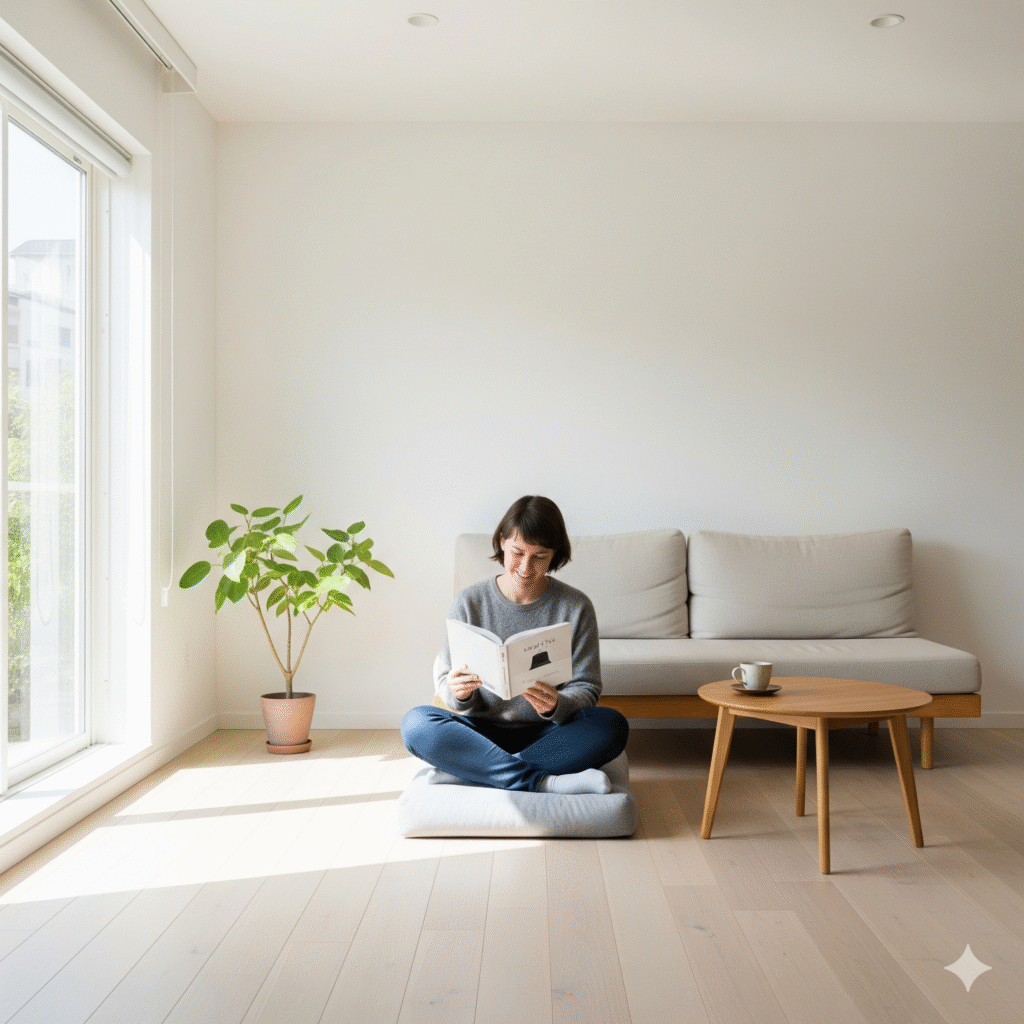
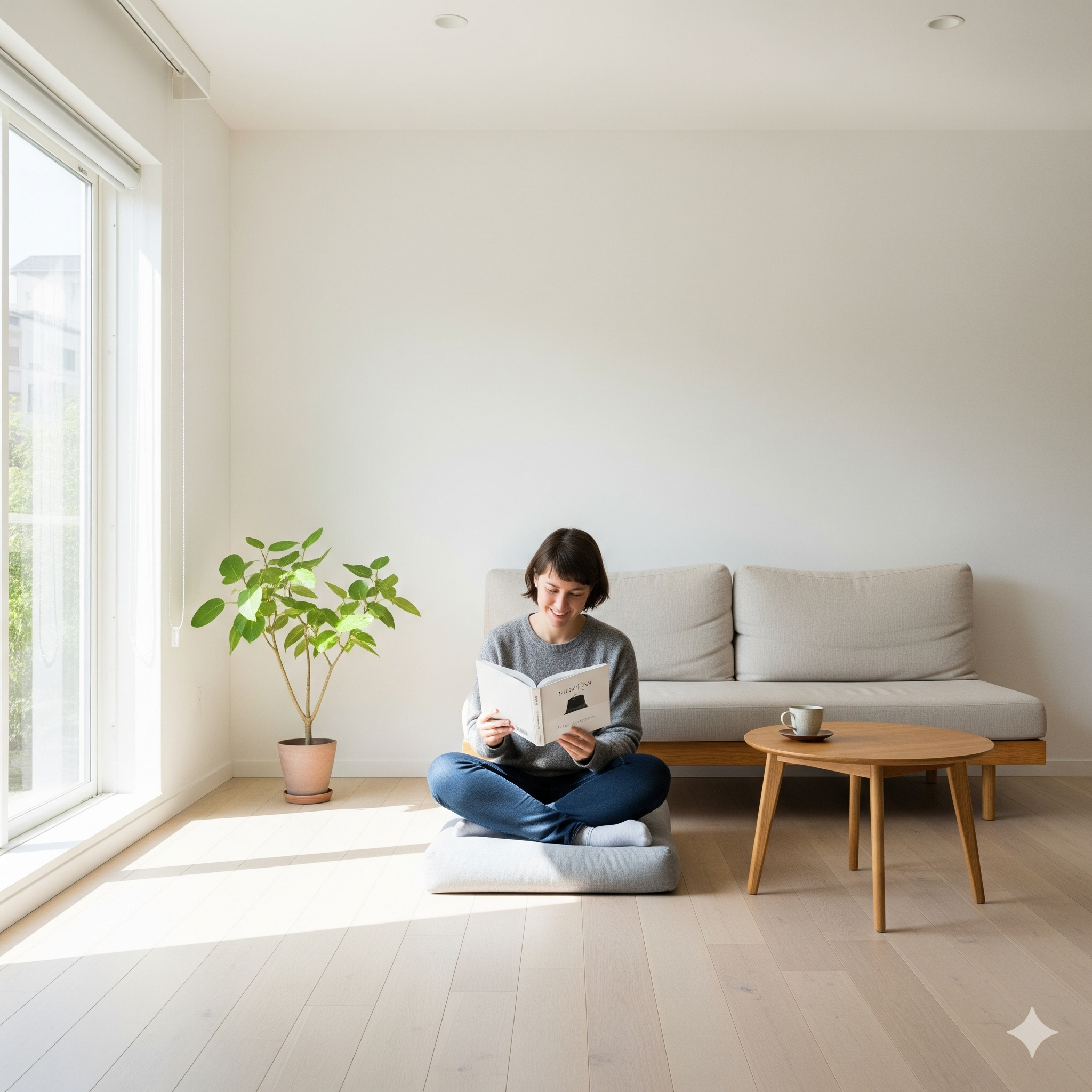
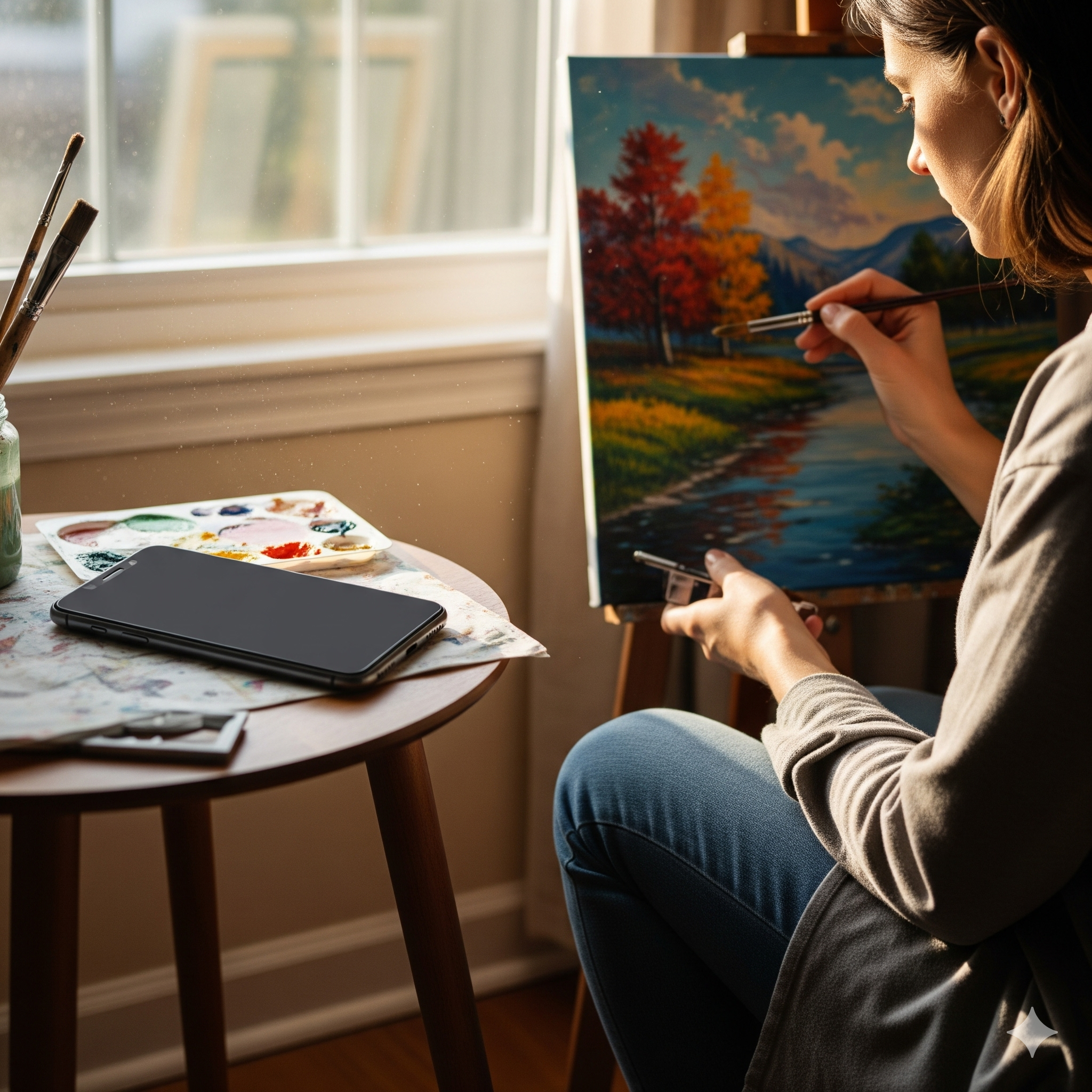
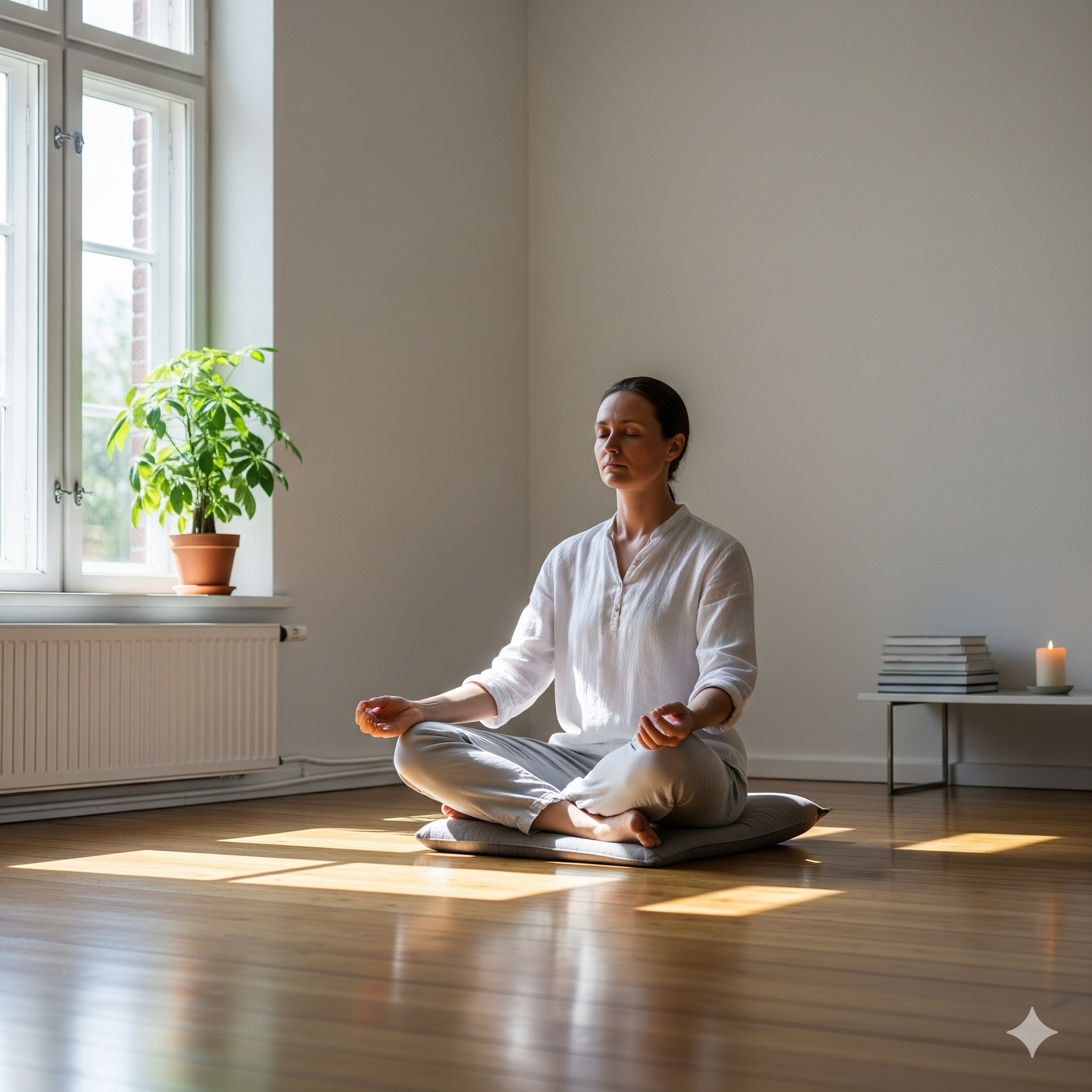
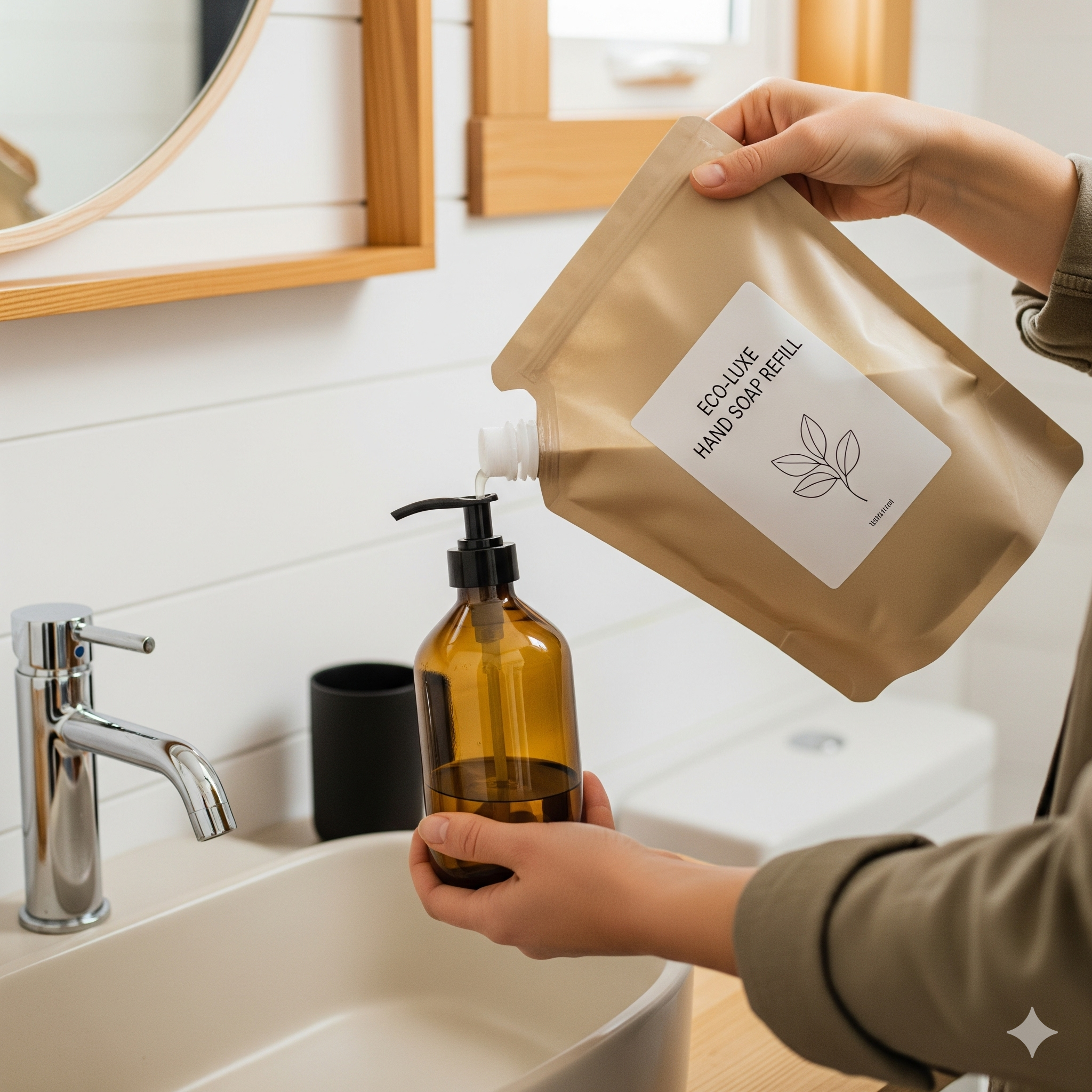
Post Comment